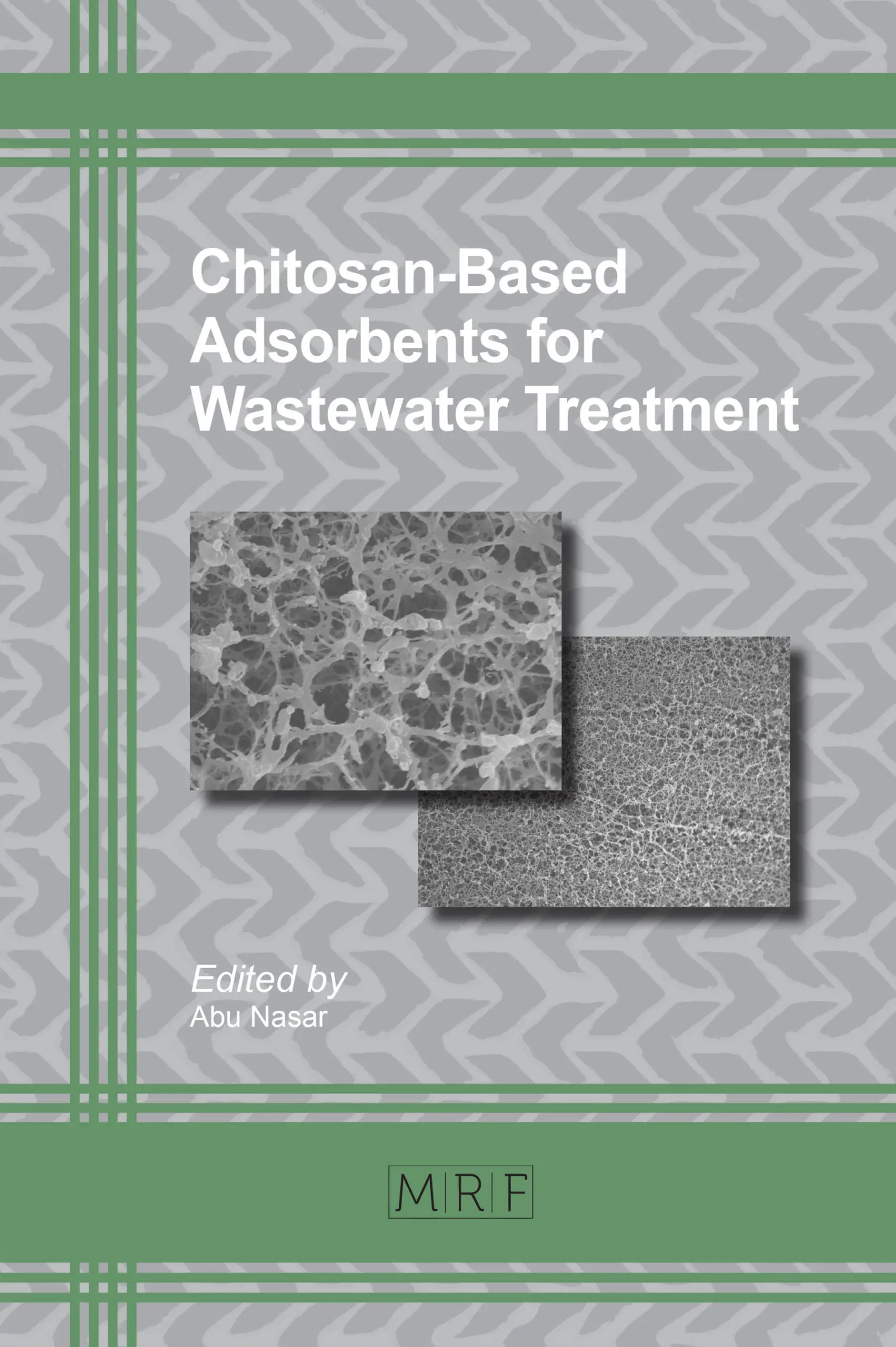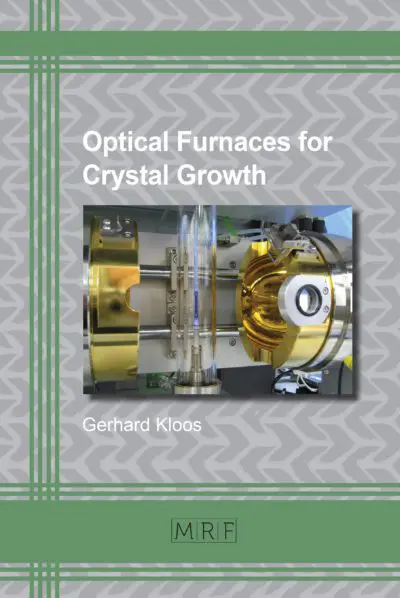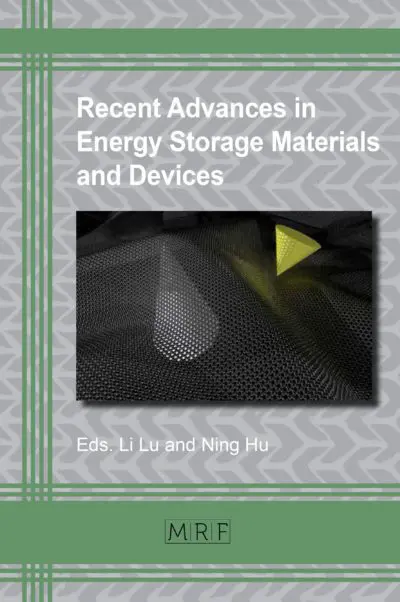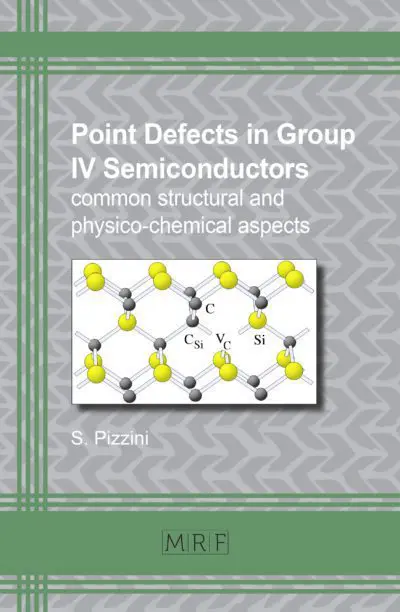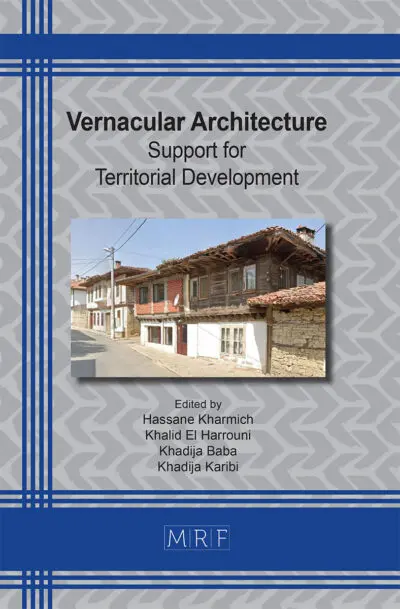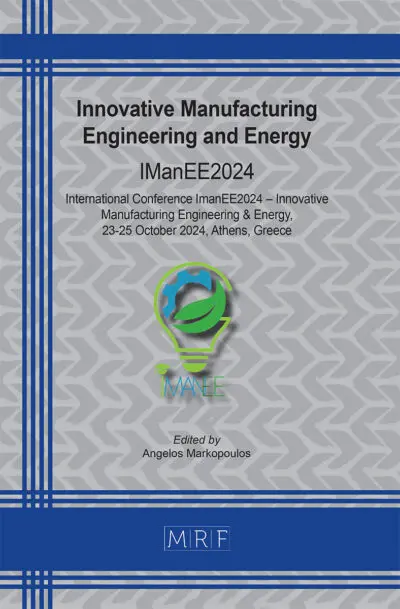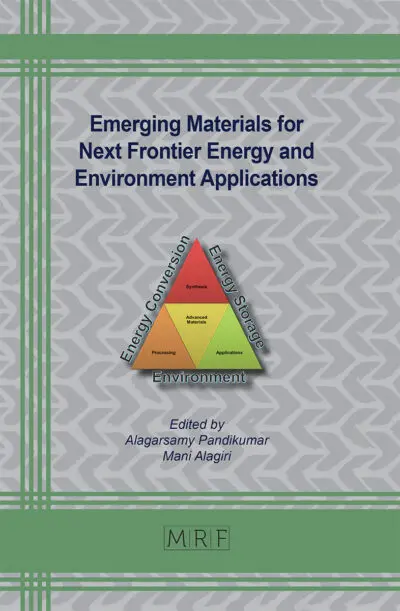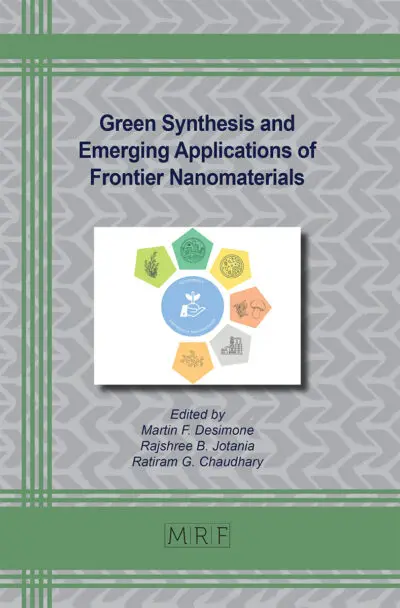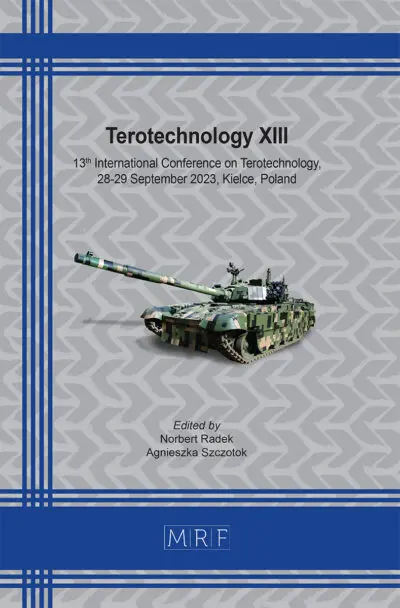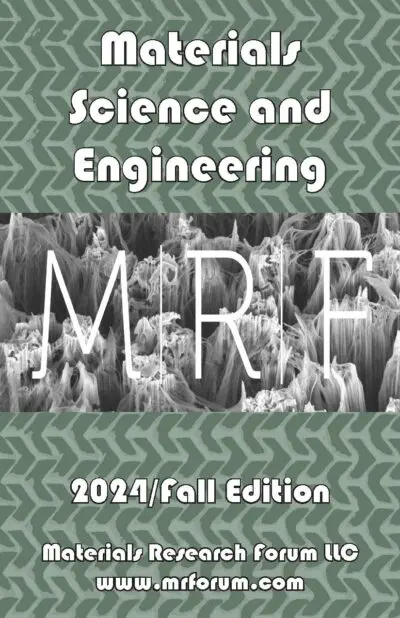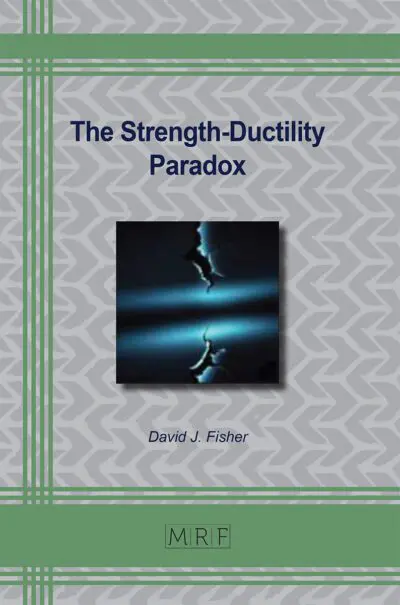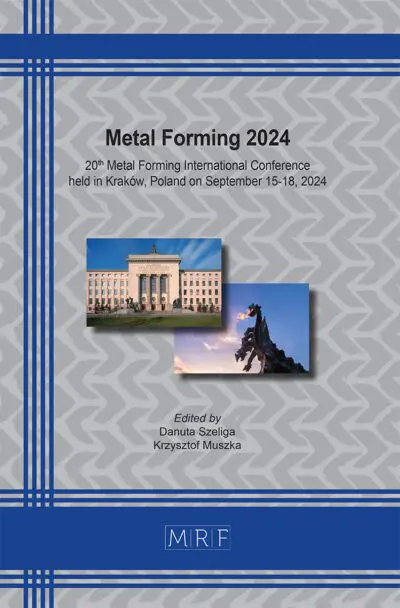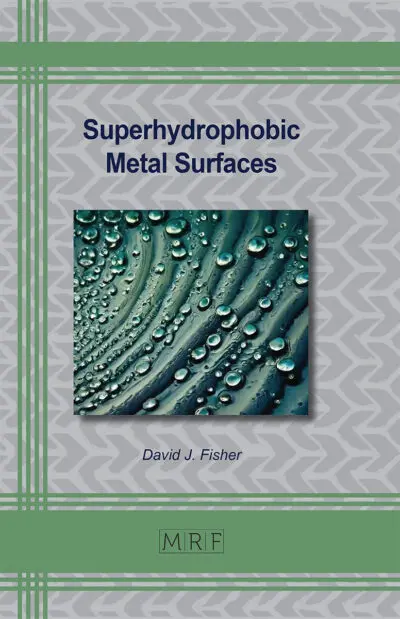Chitosan-Based Adsorbents for Wastewater Treatment
Ed. Abu Nasar
Materials Research Foundations Volume 34
Publication Date 2018, 286 Pages
Print ISBN 9781945291746 (release date July 1st, 2018)
ePDF ISBN 9781945291753
DOI: 10.21741/9781945291753
Chitosan is a natural amino polymer. It is eco-friendly, biocompatible, biodegradable, cost-effective, easily available and has high potential to be utilized as an adsorbent. Because of their excellent chelating power, chitosan-based adsorbents have a very high ability to tightly bind the pollutants present in contaminated water and wastewater. Different heavy metals and toxic dyes can be effectively removed.
Chapter 1 deals with the chemical, physical, physicochemical and mechanical properties of chitosan and chitosan-based materials. Adsorption data on the removal of heavy metals and different dyes have been compiled. Chapter 2 covers the utilization of chitosan and its derivatives for the adsorptive removal of mercury from water and wastewater. Chapter 3 describes novel chitosan-based nanocomposites for dye removal applications. Chapter 4 discusses the effect of different chitosan modifications on its structure and specific surface area. Chapter 5 covers the applications of chitin and chitosan-based adsorbents for the removal of natural dyes from wastewater. Chapter 6 highlights the adsorptive treatment of textile effluents using chemically modified chitosan as adsorbents. Chapter 7 reviews the applications of chitosan-based adsorbents for the removal of arsenicals. Chapter 8 centers on the adsorption capacity enhancement of chitosan by chemical modification. Chapter 9 focuses on the smart use of surfactants for the modification of chitosan and some other biomaterials and their subsequent use for the removal of contaminants from aqueous solutions. Chapter 10 reviews the use of chitosan-based nanocomposites as adsorbents for the removal of dyes from wastewater. Chapter 11 describes the preparation of uniformly distributed platinum nanoparticles decorated with graphene oxide-chitosan by employing a microwave-assisted method. The nanocomposite can be used for the removal of dye from aqueous solution.
Keywords
Wastewater Treatment, Adsorbent, Chitosan, Adsorption Capacity of Chitosan, Heavy Metal Removal from Wastewater, Dye Removal from Wastewater, Chitosan-Based Nanocomposites, Removal of Arsenicals from Wastewater, Surfactants for Chitosan, Surfactants for Biomaterials
Table of contents
Chitosan: Structure, Properties and Applications
Volkan Ugraskan, Abdullah Toraman, Afife Binnaz Hazar Yoruç
Adsorptive Removal of Mercury from Water and Wastewater by Chitosan and its Derivatives
Fouzia Mashkoor, Abu Nasar
Novel Chitosan-Based Nanocomposites for Dye Removal Applications
Aysun Savk, Betul Sen, Buse Demirkan, Esra Kuyuldar, Aysenur Aygun, Mehmet Salih Nas, Fatih Sen
Effect of Chitosan Modification on its Structure and Specific Surface Area
Krzysztof Barbusiński, Krzysztof Filipek, Szymon Salwiczek
Applications Chitin and Chitosan-Based Adsorbents for the Removal of Natural Dyes from Wastewater
Sapna Raghav1, Ritu Painuli, Dinesh Kumar
Adsorptive Treatment of Textile Effluent Using Chemically Modified Chitosan as Adsorbent
Ana Lilia Ramos-Jacques, Miriam Estevez, Angel Ramón Hernandez-Martinez
Chitosan-Based Adsorbents: Environmental Applications for the Removal of Arsenicals
Lee D. Wilson, Brij B. Tewari
Enhancement of Adsorption Capacity of Chitosan by Chemical Modification
Olalekan C. Olatunde, Chidinma G. Ugwuja, Emmanuel I. Unuabonah
Role of Surfactants in Enhancing the Biosorption Capacity of Chitosan
Preeti Pal, Anjali Pal
Utilization of Chitosan and its Nanocomposites as Adsorbents for Efficient Removal of Dyes
Ufana Riaz, Jyoti Kashyap
Graphene Oxide-Chitosan Furnished Monodisperse Platinum Nanoparticles as Importantly Competent and Reusable Nanosorbents for Methylene Blue Removal
Aysun Savk, Betul Sen, Buse Demirkan, Esra Kuyuldar, Aysenur Aygun, Mehmet Salih Nas, Fatih Sen
paperback flyer eBook flyer

